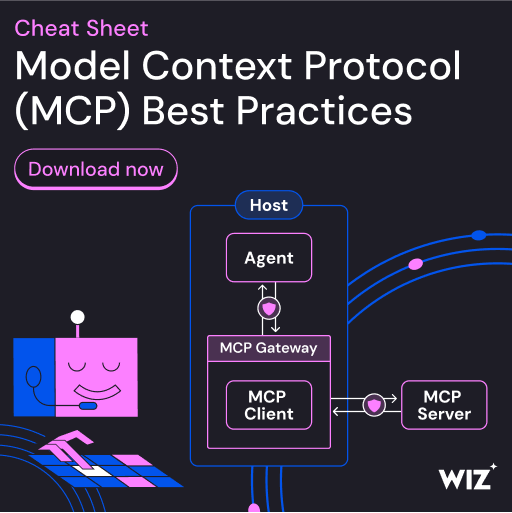A vulnerability in the ‘node-forge’ package, a popular JavaScript cryptography library, could be exploited to bypass signature verifications by crafting data that appears valid.
The flaw is tracked as CVE-2025-12816 and received a high severity rating. It arises from the library’s ASN.1 validation mechanism, which allows malformed data to pass checks even when it is cryptographically invalid.
“An interpretation-conflict vulnerability in node-forge versions 1.3.1 and earlier enables unauthenticated attackers to craft ASN.1 structures to desynchronize schema validations, yielding a semantic divergence that may bypass downstream cryptographic verifications and security decisions,” reads the flaw’s description in the National Vulnerabilities Database (NVD).

Hunter Wodzenski of Palo Alto Networks discovered the flaw and reported it responsibly to the node-forge developers.
The researcher warned that applications that rely on node-forge to enforce the structure and integrity of ASN.1-derived cryptographic protocols can be tricked into validating malformed data, and provided a proof-of-concept demonstrating how a forged payload could trick the verification mechanism.
A security advisory from the Carnegie Mellon CERT-CC explains that the impact varies per application, and may include authentication bypass, signed data tampering, and misuse of certificate-related functions.
“In environments where cryptographic verification plays a central role in trust decisions, the potential impact can be significant,” CERT-CC warns.
The impact may be significant considering that node-forge is massively popular with close to 26 million weekly downloads on the Node Package Manager (NPM) registry.
The library is used by projects that need cryptographic and public-key infrastructure (PKI) functionality in JavaScript environments.
A fix was released earlier today in version 1.3.2. Developers using node-forge are advised to switch to the latest variant as soon as possible.
Flaws in widely used open-source projects can persist for a long time after their public disclosure and the availability of a patch. This may happen due to various reasons, the complexity of the environment and the need to test the new code being some of them.

As MCP (Model Context Protocol) becomes the standard for connecting LLMs to tools and data, security teams are moving fast to keep these new services safe.
This free cheat sheet outlines 7 best practices you can start using today.
